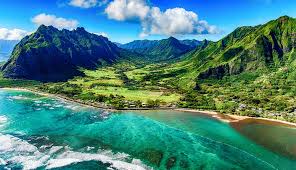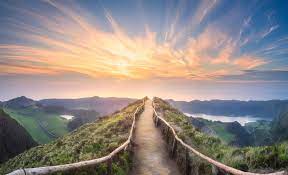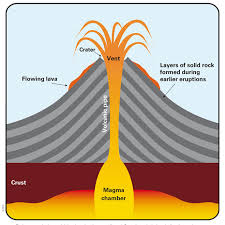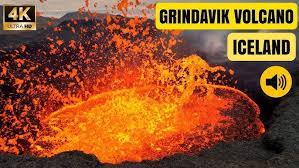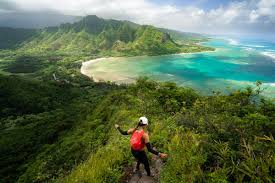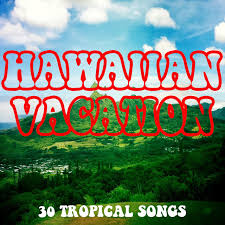Exploring the Beauty of Kauai Airport: Your Gateway to Paradise

Welcome to Kauai Airport
Kauai Airport, officially known as Lihue Airport, is the gateway to the stunning island of Kauai in Hawaii. Situated in the town of Lihue, this airport serves as a crucial transportation hub for visitors and locals alike.
As you step off the plane at Kauai Airport, you are greeted with warm tropical breezes and breathtaking views of lush green mountains and crystal-clear waters. The open-air terminals and friendly staff immediately set the tone for your Hawaiian adventure.
Despite its relatively small size compared to other major airports, Kauai Airport offers all the necessary amenities for travelers. From car rental services to dining options featuring local Hawaiian cuisine, you can easily find everything you need within the airport premises.
One of the highlights of Kauai Airport is its convenient location near popular attractions such as Waimea Canyon, Poipu Beach, and the stunning Na Pali Coast. Whether you are arriving for a relaxing vacation or embarking on a thrilling adventure, Kauai Airport serves as the perfect starting point for your island exploration.
So next time you plan a trip to the enchanting island of Kauai, be sure to appreciate the beauty and convenience of Kauai Airport as you begin your unforgettable journey in paradise.
8 Essential Tips for a Smooth Experience at Kauai Airport
- Arrive early to allow time for check-in and security screening.
- Check the airport website for any updated information on services and facilities.
- Pack light to make moving through the airport easier.
- Stay hydrated by bringing an empty water bottle to fill up after passing through security.
- Have your identification and boarding pass ready when going through security checkpoints.
- Familiarize yourself with the layout of the airport to easily locate gates, restrooms, and amenities.
- Keep important travel documents easily accessible in a secure place.
- Be mindful of flight announcements and updates for any changes or delays.
Arrive early to allow time for check-in and security screening.
To make the most of your travel experience at Kauai Airport, it is advisable to arrive early to ensure a smooth check-in process and ample time for security screening. By arriving ahead of your scheduled departure time, you can avoid any potential last-minute rush and enjoy a stress-free start to your journey. This simple tip allows you to relax and prepare for your flight, ensuring that you have sufficient time to navigate through the airport procedures comfortably.
Check the airport website for any updated information on services and facilities.
Before heading to Kauai Airport, it is advisable to check the airport website for any updated information on services and facilities. By doing so, you can stay informed about any changes or additions to amenities such as dining options, transportation services, and security protocols. Keeping abreast of the latest updates will help ensure a smooth and stress-free travel experience as you navigate through Kauai Airport.
Pack light to make moving through the airport easier.
Packing light is a valuable tip to enhance your experience at Kauai Airport. By minimizing the amount of luggage you bring, you can move through the airport more effortlessly, saving time and energy. This approach not only streamlines the check-in and security processes but also makes navigating the terminals and boarding gates much smoother. Additionally, packing light allows for greater flexibility and convenience during your travels, ensuring a stress-free start to your Hawaiian adventure from the moment you arrive at Kauai Airport.
Stay hydrated by bringing an empty water bottle to fill up after passing through security.
Stay hydrated during your travels at Kauai Airport by bringing an empty water bottle to fill up after passing through security. Staying hydrated is essential, especially in a tropical climate like Hawaii, and having a refillable water bottle allows you to have easy access to water throughout your journey. By refilling your bottle after security, you can save money and reduce waste while ensuring that you stay refreshed and hydrated during your time at the airport and beyond.
Have your identification and boarding pass ready when going through security checkpoints.
When traveling through Kauai Airport, it is essential to have your identification and boarding pass readily available when going through security checkpoints. Being prepared with these documents not only helps expedite the security screening process but also ensures a smooth and efficient travel experience for yourself and fellow passengers. By having your identification and boarding pass ready, you can navigate through the airport with ease and focus on enjoying your time in beautiful Kauai.
Familiarize yourself with the layout of the airport to easily locate gates, restrooms, and amenities.
When traveling through Kauai Airport, it is advisable to take a moment to familiarize yourself with the layout of the airport. By doing so, you can easily locate gates, restrooms, and amenities, ensuring a smooth and stress-free experience during your time at the airport. Knowing where everything is situated can help you navigate the airport efficiently, allowing you to focus on enjoying your journey to or from this beautiful Hawaiian island.
Keep important travel documents easily accessible in a secure place.
When traveling through Kauai Airport, it is essential to keep your important travel documents easily accessible in a secure place. By having quick access to documents such as your passport, boarding pass, and identification, you can streamline the check-in and security processes at the airport. Store these documents in a secure pouch or pocket within your carry-on bag to ensure they are protected yet readily available when needed. This simple tip can help you navigate through the airport smoothly and enjoy a stress-free travel experience on the beautiful island of Kauai.
Be mindful of flight announcements and updates for any changes or delays.
When traveling through Kauai Airport, it is important to stay mindful of flight announcements and updates to stay informed about any changes or delays that may affect your journey. Keeping an ear out for important information ensures that you can adjust your plans accordingly and minimize any disruptions to your travel experience. By staying attentive to flight announcements, you can navigate through the airport smoothly and with ease, allowing you to make the most of your time in beautiful Kauai.


